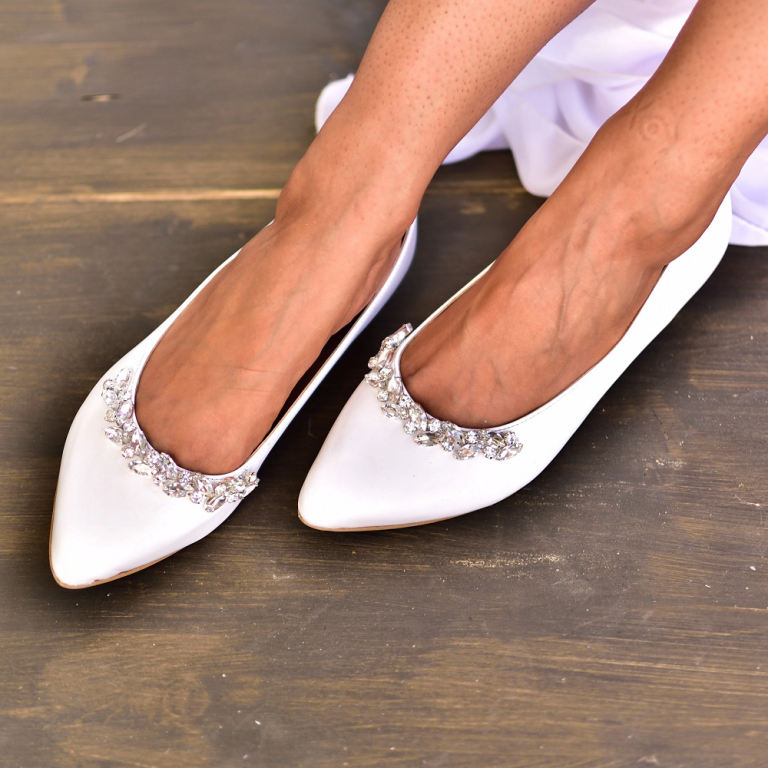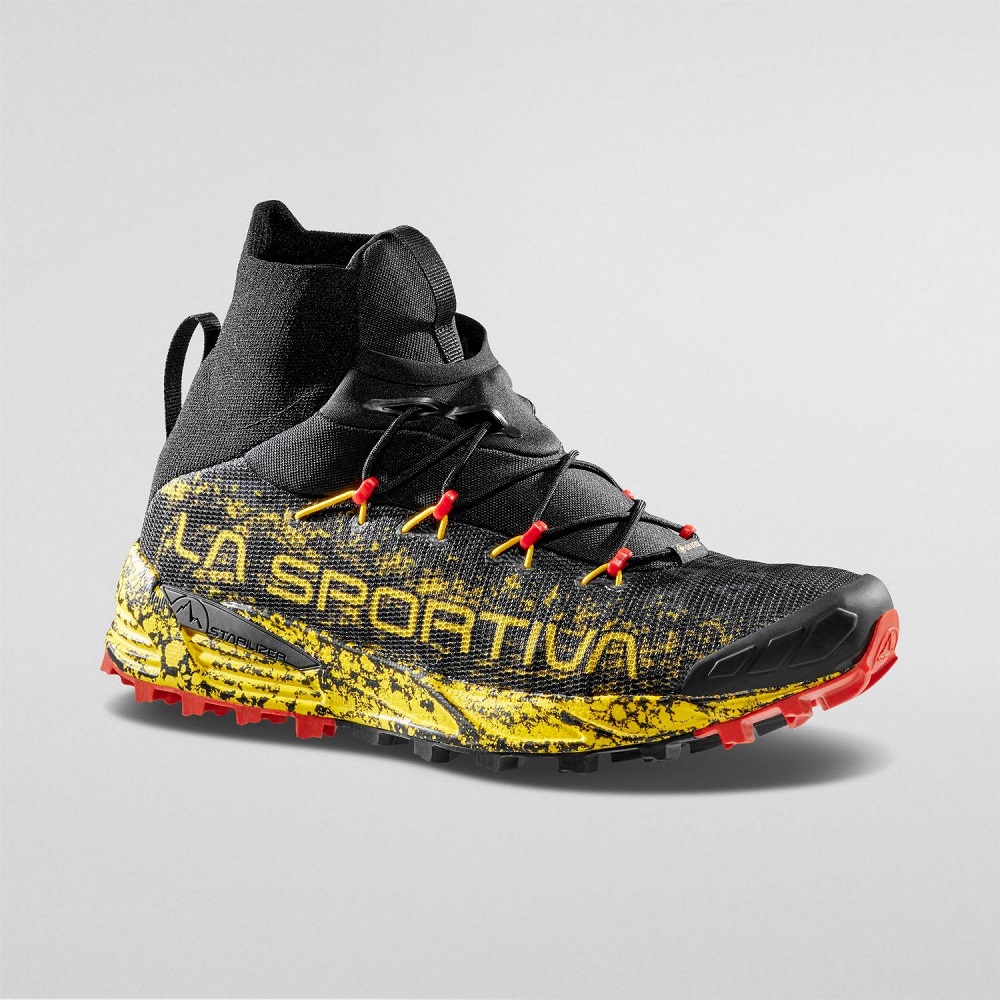
Long Distance Running Shoes: Your Key to Conquering Marathons
The Journey of Long-Distance Running
Understanding Long-Distance Running
Long-distance running, defined as races longer than 5K, includes popular events like marathons, ultramarathons, and half-marathons. It has grown in popularity over the decades, attracting people from all walks of life. However, the key to successfully conquering these demanding races lies not only in physical training but also in having the right gear—most importantly, a good pair of long distance running shoes.
Long-distance running shoes are specifically designed to provide comfort, support, and durability for extended runs on various terrains. The right pair can significantly influence performance, helping to prevent injuries and enhance the overall running experience. This article will explore the essential features of long-distance running shoes, how to choose the right pair for your needs, and tips for maintaining them throughout your training and beyond.
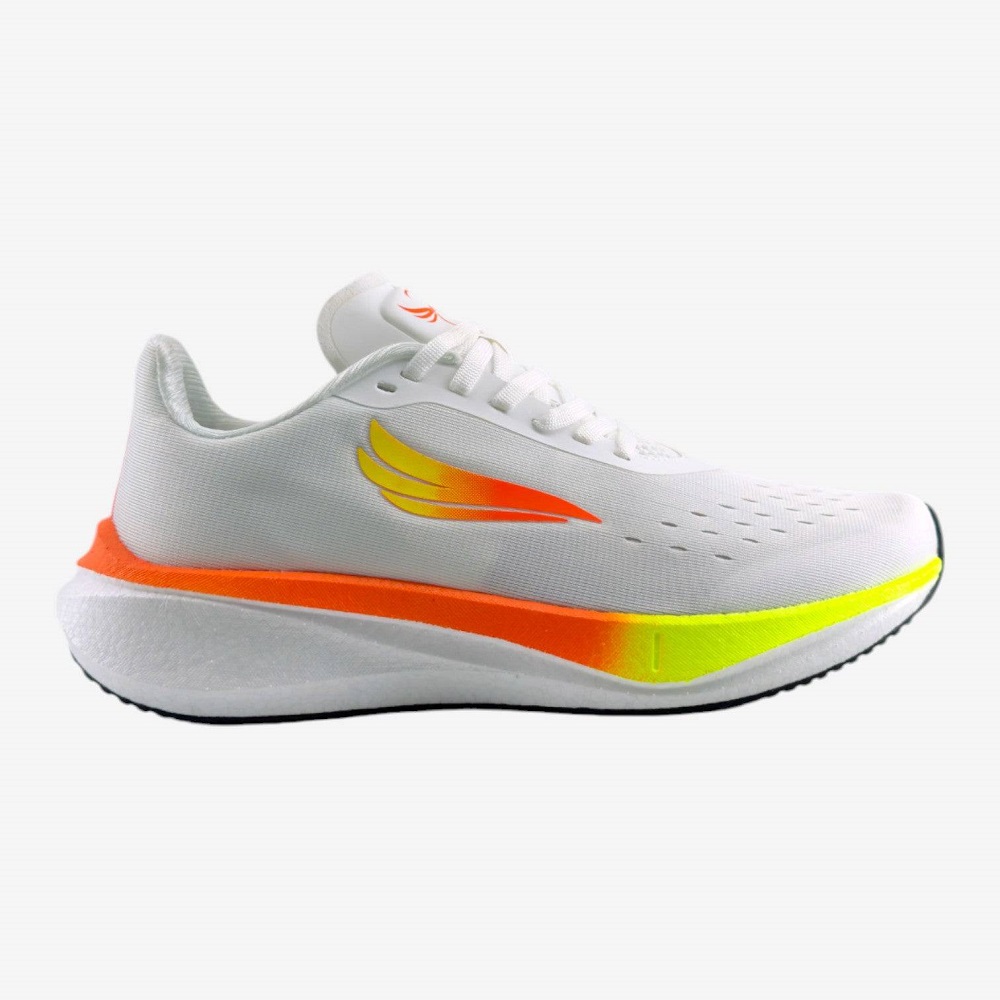
The Importance of Proper Footwear for Long Distance Running
Choosing the right long distance running shoes is vital. It’s not just about comfort. Quality footwear affects performance, injury prevention, and overall running experience. Here’s why:
- Injury Prevention: Good shoes cushion and support the foot. This reduces stress on the legs, ankles, and back. It can prevent common injuries like shin splints or plantar fasciitis.
- Improved Performance: Correct footwear can actually improve your running efficiency. Shoes designed for long distances help in maintaining good form over miles. This can lead to better times and less fatigue.
- Enhanced Comfort: Long distance runs are demanding. Without comfortable shoes, blisters, chafing, and other discomforts can be distracting. The right shoes keep your feet happy from start to finish line.
- Long-Term Health: Neglecting proper footwear can lead to chronic issues. Over time, this may affect joints and muscles beyond the feet. Quality running shoes support the structure of the foot and promote healthier running habits.
Invest in the best long distance running shoes you can find. Your feet, and your running records, will thank you for it.
Features to Look for in Long Distance Running Shoes
When shopping for long distance running shoes, consider these key features:
- Cushioned Support: Seek shoes with ample cushioning. It helps absorb shock and reduces injury.
- Arch Support: Make sure shoes fit the shape of your arches. This provides stability and comfort.
- Breathable Material: Choose shoes with materials that let your feet breathe. It’s vital for long distances.
- Proper Fit: Ensure there’s enough room for toes to move. Heels should fit snugly without slipping.
- Outsole Traction: Durable outsoles with good grip improve safety on varied terrains.
- Flexibility: Shoes should bend, promoting natural foot movement as you run.
- Lightweight: Heavier shoes may slow you down. Opt for a lightweight model.
- Reflective Details: For those who run early or late, reflective elements are important for visibility.
Every detail counts when you’re covering many miles. Select long distance running shoes with these features to boost comfort, performance, and safety.
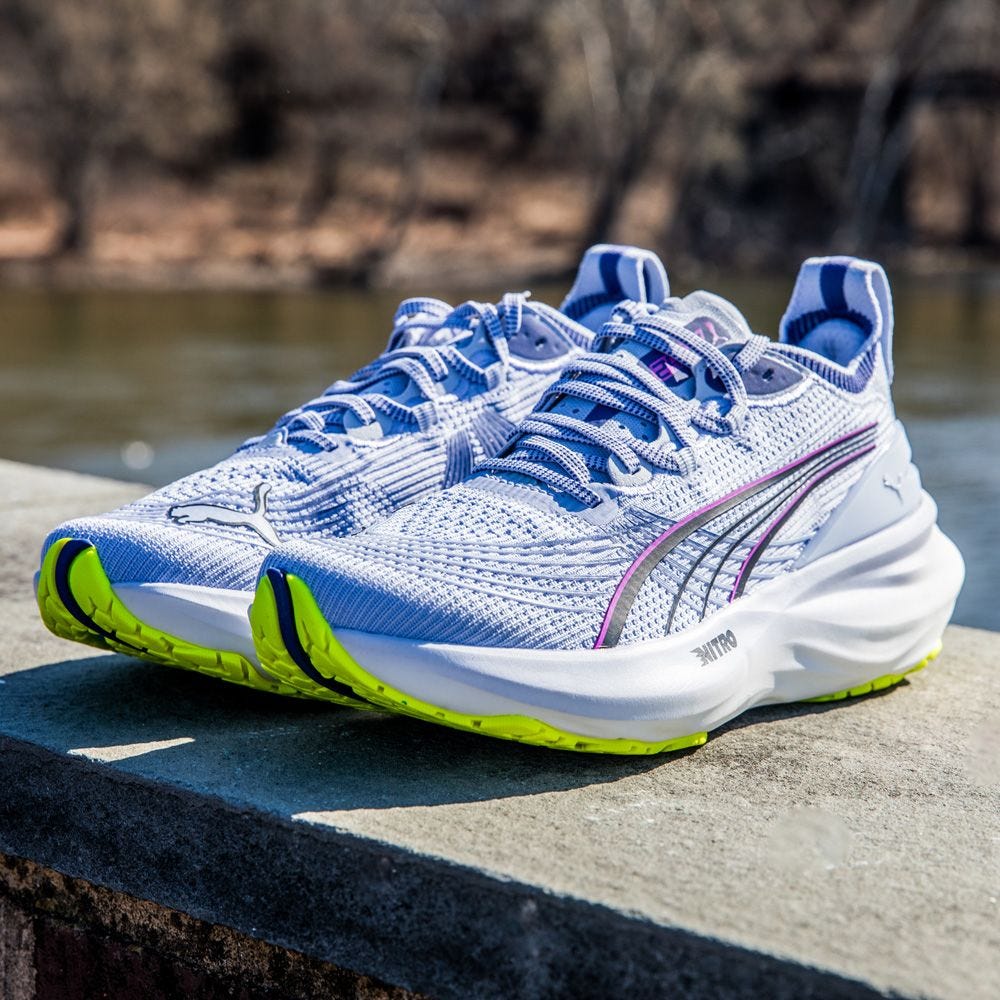
How to Choose the Right Running Shoes for Your Foot Type
Choosing the right long distance running shoes is crucial for comfort and performance. Select shoes tailored to your foot type. Here’s a simple guide:
- Identify Your Arch: Check if your arches are high, medium, or low. Use the wet foot test: wet your feet, step on a paper, and observe the imprint. High arches leave less midfoot print, while low arches leave more.
- Consider Your Gait: Watch how you walk. Overpronators roll their feet inward, requiring stability shoes. Underpronators need more cushioning. Neutral runners can choose from a variety of shoes.
- Test for Fit: Make sure there is a thumb’s width from your longest toe to the front of the shoe. The heel should fit tight, without slipping.
- Shop Later in the Day: Feet swell throughout the day. Shop in the evening for a better fit.
- Get Sized Professionally: Visit a specialized running store. Experts can assess your foot and recommend the best shoe.
Selecting the correct long distance running shoes for your foot type helps prevent injuries. It also enhances your running efficiency. Make your choice wisely for a better marathon experience.
A Comparative Analysis of Popular Long Distance Running Shoes
Achieving peak performance in marathons requires the best long distance running shoes. In this segment, we’ll compare popular models from top brands. This will help runners choose the right footwear based on quality, features, and user feedback.
- Brand A’s Marathon Runner: This shoe ranks high for cushioned support. Its responsive foam adapts to foot contours, providing comfort for miles. It boasts a breathable upper and durable outsole for varied terrains. Ideal for runners who value comfort and a soft ride.
- Brand B’s Distance Sprinter: Known for stability, this shoe supports overpronators expertly. It has a firmer midsole for control on long runs. Reflective details ensure visibility during early morning or late evening runs. It’s the choice for those requiring extra arch support.
- Brand C’s Ultra Racer: With an ultralight design, this shoe doesn’t sacrifice cushioning. It offers flexibility, allowing natural foot movements. A favorite among neutral runners, it balances speed with support. Its minimalist design also helps in reducing fatigue over distances.
- Brand D’s Terrain Champion: This shoe excels on rugged surfaces. Its superior traction grips well on trails and roads alike. Enhanced durability makes it a go-to for runners tackling mixed surfaces. If you value reliability on all grounds, consider this one.
When making your choice, keep in mind your specific needs. Comfort, support, and durability are key, but personal preference also plays a role. Track features that match your running style. Remember, what works for one runner might vary for another. Choose wisely to enhance your marathon success.
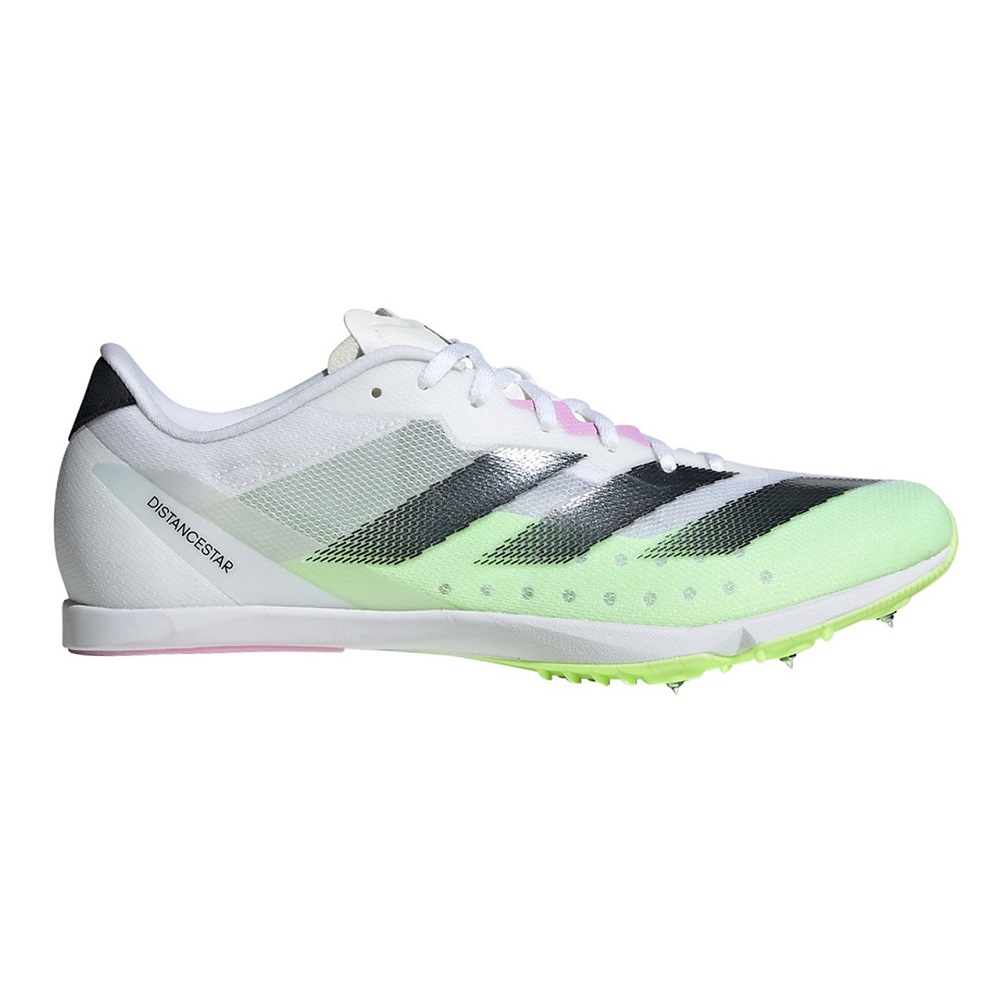
The Role of Cushioning and Support in Marathon Shoes
Cushioning in marathon shoes is a critical feature. It acts like a shock absorber for each stride you take. This helps to prevent injuries to your knees, ankles, and hips. Look for shoes with a midsole that offers a balance between softness and firmness.
Support in running shoes is equally important. It ensures your foot is held in a stable position. This is essential if you overpronate or have flat arches. Shoes with good support control foot motion and can correct your gait.
Here are major benefits of proper cushioning and support:
- Reduces wear and tear on joints.
- Helps prevent conditions like plantar fasciitis.
- Increases comfort over long distances.
- Can improve running efficiency and performance.
Choose marathon shoes with the right blend of cushioning and support for your needs. Good shoes can make the difference between a difficult run and a personal best.
Balancing Durability and Lightweight Design for Optimal Performance
Finding the best long distance running shoes involves a balance. You need shoes that can take a beating but won’t weigh you down. This balance affects your running performance and comfort over long distances. Here’s how to weigh your options:
- Seek Out Tough Materials: Look for shoes made with strong, lightweight fabrics. They should withstand miles of wear without falling apart.
- Check the Sole: A durable but light sole ensures longevity without extra weight. Your shoes should handle tough terrain and still feel like feathers on your feet.
- Examine the Construction: Strong stitching and well-built structure will sustain shoe integrity. At the same time, the design should aim for minimal weight.
- Mind the Midsole: It’s the heart of shoe cushioning and support. Find a midsole that provides lasting comfort while keeping the shoes light.
- Avoid Unnecessary Features: Extra elements can add weight. Go for simplicity in design for better, lighter running experience.
To wrap up, always remember that durable and lightweight long distance running shoes can boost your marathon performance. They help you stay quick on your feet and reduce fatigue. When shopping, keep these tips in mind to strike the perfect balance.
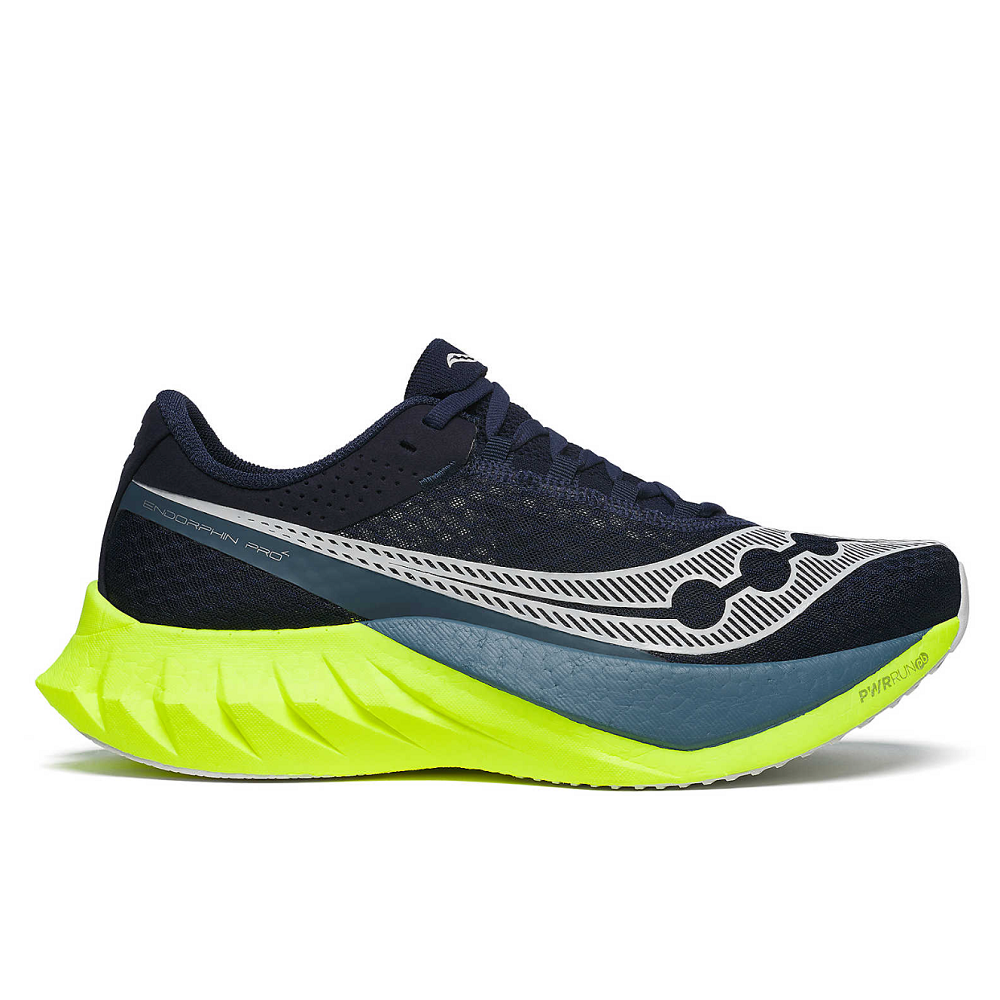
The Best Long Distance Running Shoes for Different Surfaces
Running on the right type of shoes for different surfaces can enhance your performance and protect your feet. When it comes to diverse terrains, each requires a specialized approach in terms of footwear design and features. Consider these tips when choosing long distance running shoes for various surfaces:
- Road Running Shoes: For asphalt or concrete, look for shoes with ample cushioning to absorb the hard impact. They should also have a smooth, durable outsole that provides traction and resists wear from pavements.
- Trail Running Shoes: If you’re hitting off-road trails, choose shoes with aggressive lug patterns for grip on dirt, mud, and rocks. They usually have a reinforced upper for extra durability against sharp objects.
- Track Running Shoes: Those designed for the track are often lightweight and have a bit more grip than road shoes to handle the synthetic surface. They allow for quick, sharp moves without extra bulk.
- Mixed Surface Shoes: Some runners face a combination of terrains. For this, hybrid shoes are best. They balance cushioning with a versatile outsole that performs well in varied conditions.
- Treadmill Shoes: While similar to road shoes, treadmill-specific shoes can be lighter and more flexible, since the surface is predictable and cushioned.
Choosing the best long distance running shoes suitable for a variety of surfaces will keep you prepared. It can prevent injuries and make for a more enjoyable marathon training or racing experience.
When to Replace Your Running Shoes and Tips for Maintenance
Knowing when to replace your running shoes is key for marathon training. Worn out shoes increase injury risk and can harm performance. Here are signs that it’s time for a new pair:
- Increased Discomfort: If you feel more pain or discomfort than usual, check your shoes. Worn cushioning may be the cause.
- Mileage: Most running shoes last about 300-500 miles. Track your miles to know when to shop.
- Worn Treads: Look at the sole. If the tread is smoothed out, it’s time for new shoes.
- Bent Shape: Shoes that don’t return to their original shape miss support and cushion.
To keep your shoes in good shape, follow these maintenance tips:
- Clean Regularly: Remove dirt and mud after runs. It preserves materials and sole traction.
- Dry Properly: Wet shoes need air-drying away from direct heat. Heat can damage the shoe structure.
- Rotate Pairs: Using more than one pair of shoes can extend their life.
- Use Appropriately: Wear your running shoes for running only. This avoids unnecessary wear.
Regular care and timely replacement of long distance running shoes ensure comfort. They also help avoid injuries and boost performance. Stay ahead by caring for your shoes well.
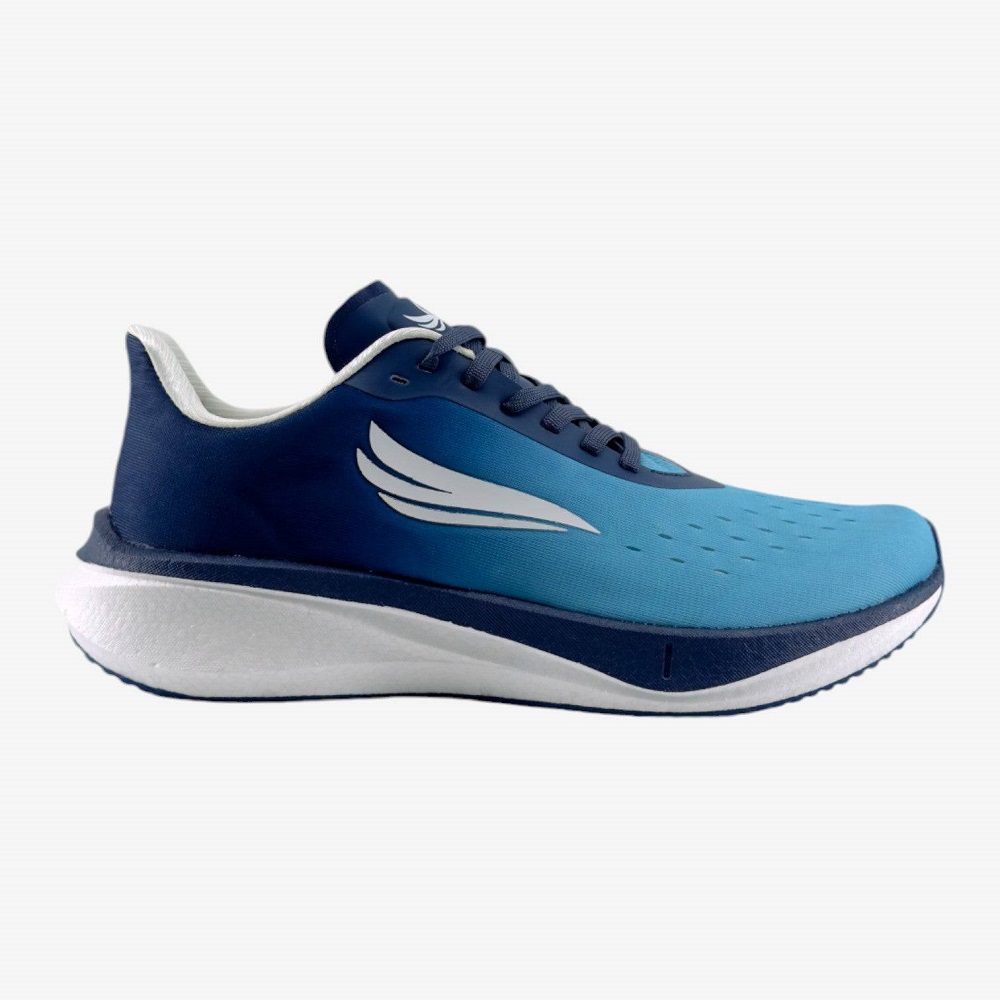
Common Mistakes to Avoid
1. Choosing Aesthetics Over Functionality
Prioritizing Performance
While style is important, it should not eclipse functionality. Some runners tend to prioritize flashy designs over comfort and support, which can lead to negative experiences.
- Focus on Fit: Always prioritize fit, support, and comfort when selecting long-distance running shoes. Trendy shoes may look great but can lack the necessary features to keep your feet happy during long runs.
2. Ignoring Break-In Periods
Allowing Shoes to Adapt
Many runners make the mistake of going straight from purchase to long-distance runs without allowing their new shoes to break in.
- Gradual Integration: New shoes require a break-in period for the materials and padding to adapt to your foot shape. Start with shorter runs to ensure comfort and gradually increase distance.
3. Not Seeking Expert Guidance
Embracing Knowledge
Some runners rely solely on online reviews, which might not account for individual needs and foot mechanics.
- Professional Assistance: Seeking help from knowledgeable staff at running specialty stores can provide invaluable insights tailored to your specific needs. They can conduct gait analyses, recommend appropriate models, and ensure the best fit for your requirements.
Conclusion: Elevate Your Running Experience
Invest in Your Performance
In conclusion, selecting the right long distance running shoes is a foundational element in achieving successful performance in any race or training program. The right pair can enhance comfort, improve stamina, and reduce injury while providing the support necessary for the miles ahead.
Focus on Individual Needs
Remember that every runner is unique, so pay close attention to your personal needs, running style, and goals. Understanding your foot type, selecting suitable materials, and prioritizing comfort will allow you to maximize your running potential.
Ongoing Education and Care
Stay informed about the various trends and technologies in running footwear while regularly caring for your shoes. Proper maintenance and understanding when to replace your shoes will ensure optimal performance over time.

